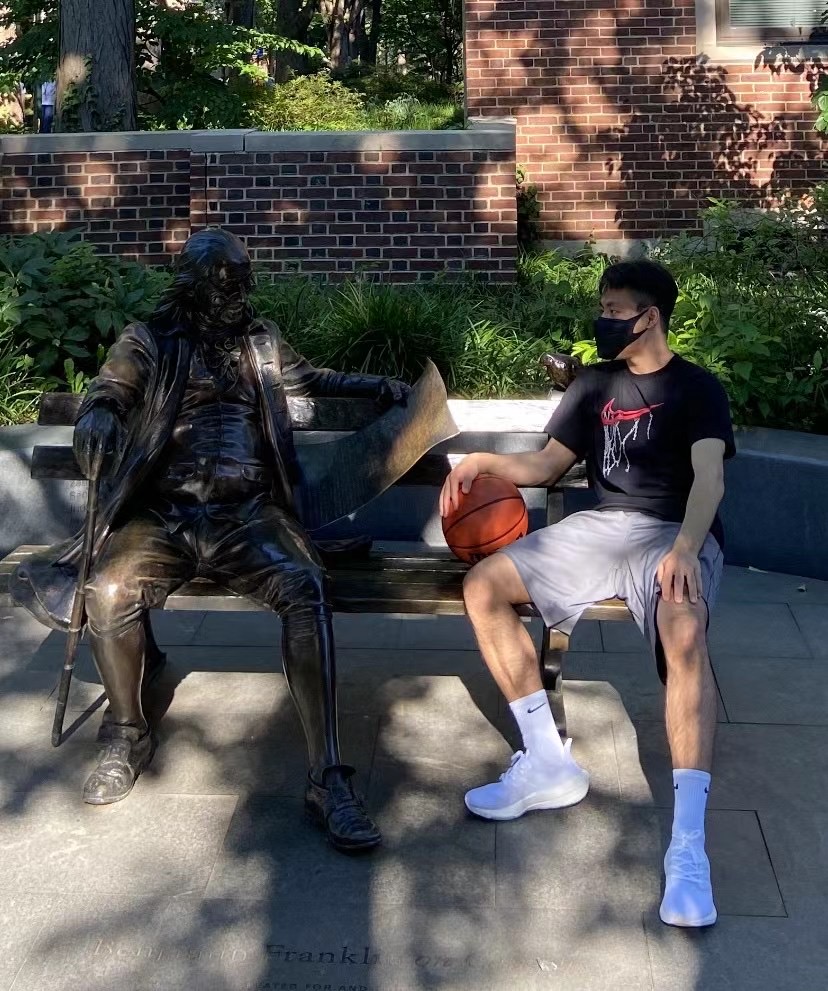I'm a senior autonomous driving software engineer at Mercedes-Benz. Prior to that, I was a graduate student at GRASP lab, University of Pennsylvania. At Penn, I worked on DCIST (a project focusing on multi-agent and heterogeneous systems), supervised by Prof. Vijay Kumar and Dr. Siddharth Mayya. My research interest lies in Embodied Intelligence, Micro Unmanned Aerial Vehicles (UAV), Robot Perception and Learning. Much of my work focuses on ensuring safe and agile performance of algorithms on real robotics platforms, as you can see from the following projects. My work aims to push the foundational limits of optimization problems, improve system robustness, and provide long-horizon guarantees for next-generation robots capable of making intelligent decisions.
